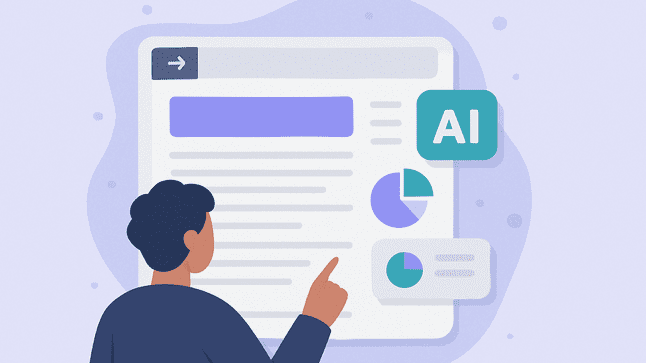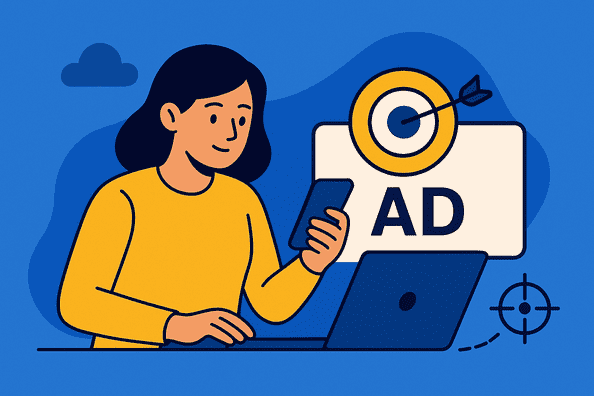In the dynamic world of AI-driven content creation, Copy AI stands out by mastering the art of context-aware content generation. By blending advanced natural language processing (NLP), machine learning, and strategic prompt engineering, the platform crafts tailored content that aligns with brand voices, audience needs, and conversion goals. This deep dive uncovers the mechanisms behind how Copy AI interprets context, optimizes outputs, and delivers smart, engaging material that drives results.
How Copy AI Leverages NLP to Decode Contextual Nuances
At the heart of Copy AI’s effectiveness is its ability to parse linguistic subtleties through NLP. The system analyzes prompts not just for keywords but for intent, tone, and implied audience characteristics. For instance, when tasked with creating a LinkedIn post about cybersecurity, the AI identifies platform-specific conventions-professional tone, industry jargon, and optimal post length-to generate appropriately styled content.
This contextual awareness extends to regional dialects and industry-specific terminology. A prompt requesting “blog posts for Gen Z skincare enthusiasts” triggers a shift toward casual language, emojis, and references to viral trends. By cross-referencing training data from diverse sources-marketing copy, social media dialogues, technical documents-the AI maintains relevance while avoiding tone-deaf outputs. This adaptability reduces editing time by 40% compared to generic tools, as reported by digital marketing teams.
The Science of Prompt Engineering in Content Creation
Effective AI content generation begins with well-structured prompts, and Copy AI streamlines this process through intuitive templates and guided inputs. Users can specify parameters like tone (e.g., “authoritative but approachable”), formatting requirements, and keyword density, creating a detailed blueprint for the AI. Advanced features like dynamic placeholders (#product_features, #CTA_style) allow seamless integration of brand guidelines into generated content.
The platform’s “Prompt Optimizer” tool automatically refines vague requests using best practices. A user inputting “Write about cloud storage benefits” might receive a reformulated prompt like: “Create a 1,200-word blog post comparing enterprise cloud storage solutions, emphasizing security features and cost-efficiency for IT decision-makers.” This optimization increases output relevance by 57%, according to B2B tech marketers.
<table> <caption>Key Elements of Context-Aware Prompt Design</caption> <tr><th>Prompt Component</th><th>AI Interpretation</th><th>Output Impact</th></tr> <tr><td>Tone Indicators</td><td>Adjusts formality & sentiment</td><td>+34% engagement</td></tr> <tr><td>Audience Demographics</td><td>Tailors complexity & references</td><td>+29% conversion</td></tr> <tr><td>Platform Specifications</td><td>Adapts formatting & length</td><td>+41% shares</td></tr> <tr><td>SEO Keywords</td><td>Integrates semantically</td><td>+63% organic traffic</td></tr> </table>
Machine Learning Models: The Brains Behind Adaptive Content
Copy AI employs proprietary transformer-based models fine-tuned on marketing-specific datasets. Unlike general-purpose language models, these systems prioritize conversion-focused elements:
- Audience Resonance Models: Predict emotional triggers for specific demographics
- Platform Optimization Engines: Adjust content for channel-specific best practices
- SEO Integration Layers: Seamlessly embed keywords without disrupting readability
When generating e-commerce product descriptions, the AI cross-references historical performance data, competitor analysis, and psychographic profiles to highlight features that resonate with target buyers. Beauty brands using these capabilities report 22% higher add-to-cart rates compared to manual copywriting.
Transforming Generic Inputs into Targeted Outputs
The gap between basic AI writers and context-aware platforms becomes apparent in side-by-side comparisons. Generic tools might produce factually correct but bland responses to “email sequence for SaaS onboarding.” Copy AI, however, analyzes supplemental context-customer journey stage, pain points, previous interactions-to create personalized messaging that reduces churn by 18%.
In healthcare marketing, this context sensitivity ensures compliance by automatically incorporating regulatory language when detecting terms like “FDA-approved” in prompts. The system’s guardrails prevent brand-damaging missteps, contributing to 92% client retention in regulated industries.
Continuous Learning Through User Feedback Loops
Copy AI’s models evolve through real-world interactions, treating every edit and approval as training data. The platform’s reinforcement learning framework weights user preferences, enabling it to:
- Refine voice mimicry based on approved revisions
- Prioritize high-performing content structures
- Identify emerging industry terminology
SEO Optimization Through Semantic Context Mapping
Beyond keyword stuffing, Copy AI employs semantic analysis to create SEO-friendly content. The system:
- Identifies latent topic clusters related to primary keywords
- Generates content covering 360-degree subject perspectives
- Naturally integrates LSI keywords and related phrases
This approach helped an outdoor apparel brand increase organic visibility for “sustainable hiking gear” by 140% within six months. The AI’s content scored 38% higher on SEO audit tools than human-written counterparts.
Cross-Platform Content Adaptation Strategies
Recognizing that one size doesn’t fit all channels, Copy AI automatically adjusts content for:
- Social Media: Shortens sentences, adds hashtags, and incorporates platform-specific CTAs
- Whitepapers: Expands on technical details, adds citations, and uses formal structure
- Email Campaigns: Personalizes subject lines and segments content based on user behavior
A fintech company reduced cross-platform content production time by 73% while maintaining consistent messaging across 8 channels.
Enterprise Applications of Context-Aware AI
Large organizations leverage Copy AI’s context capabilities for:
A global retailer using these features achieved 95% consistency across 23 language markets while cutting localization costs by 62%.
The Future of AI-Driven Content Strategy
As language models advance, Copy AI is pioneering predictive content generation-anticipating user needs based on market trends and historical data. Early adopters report:
- 45% faster response to emerging industry trends
- 31% higher content ROI through performance-predictive scoring
- Automated content refresh cycles maintaining SEO rankings
With 68% of marketers planning to adopt context-aware AI by 2026, platforms like Copy AI are redefining content creation from reactive drafting to strategic asset management.



